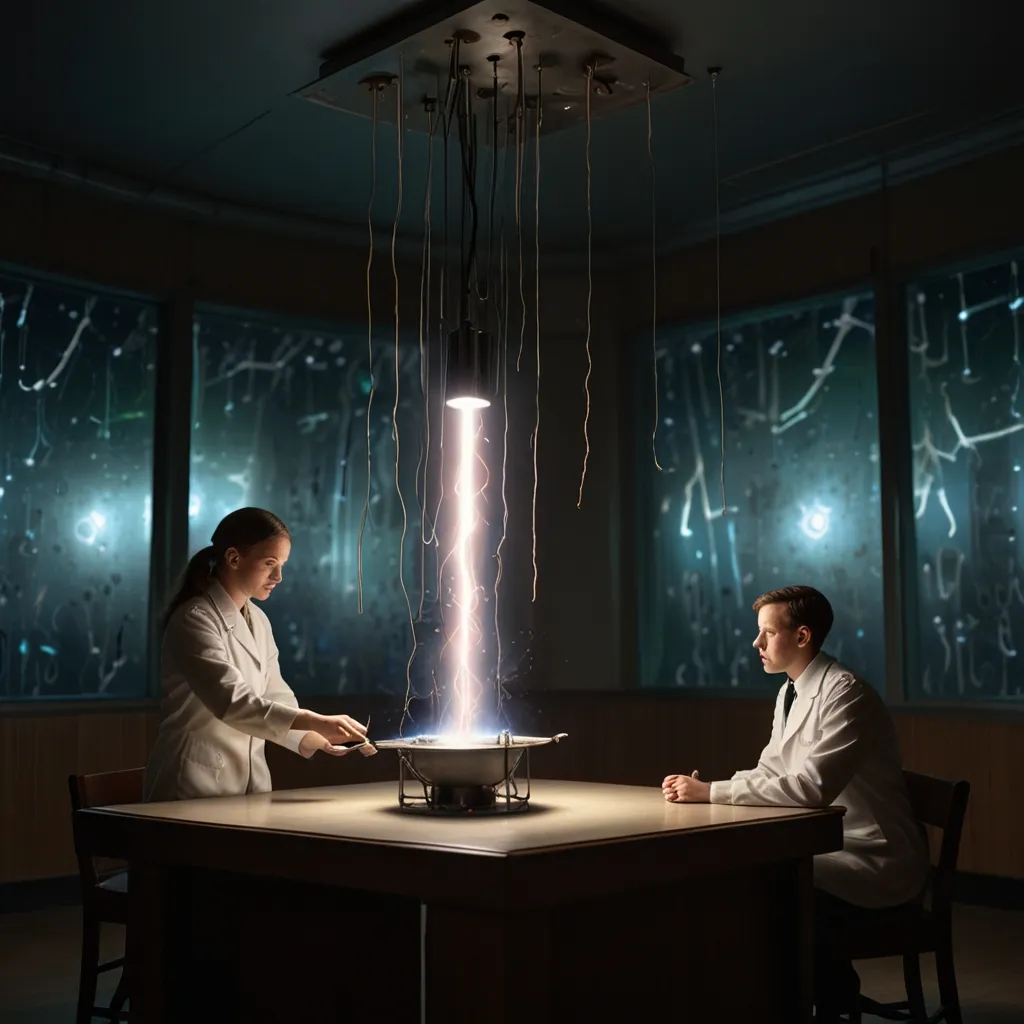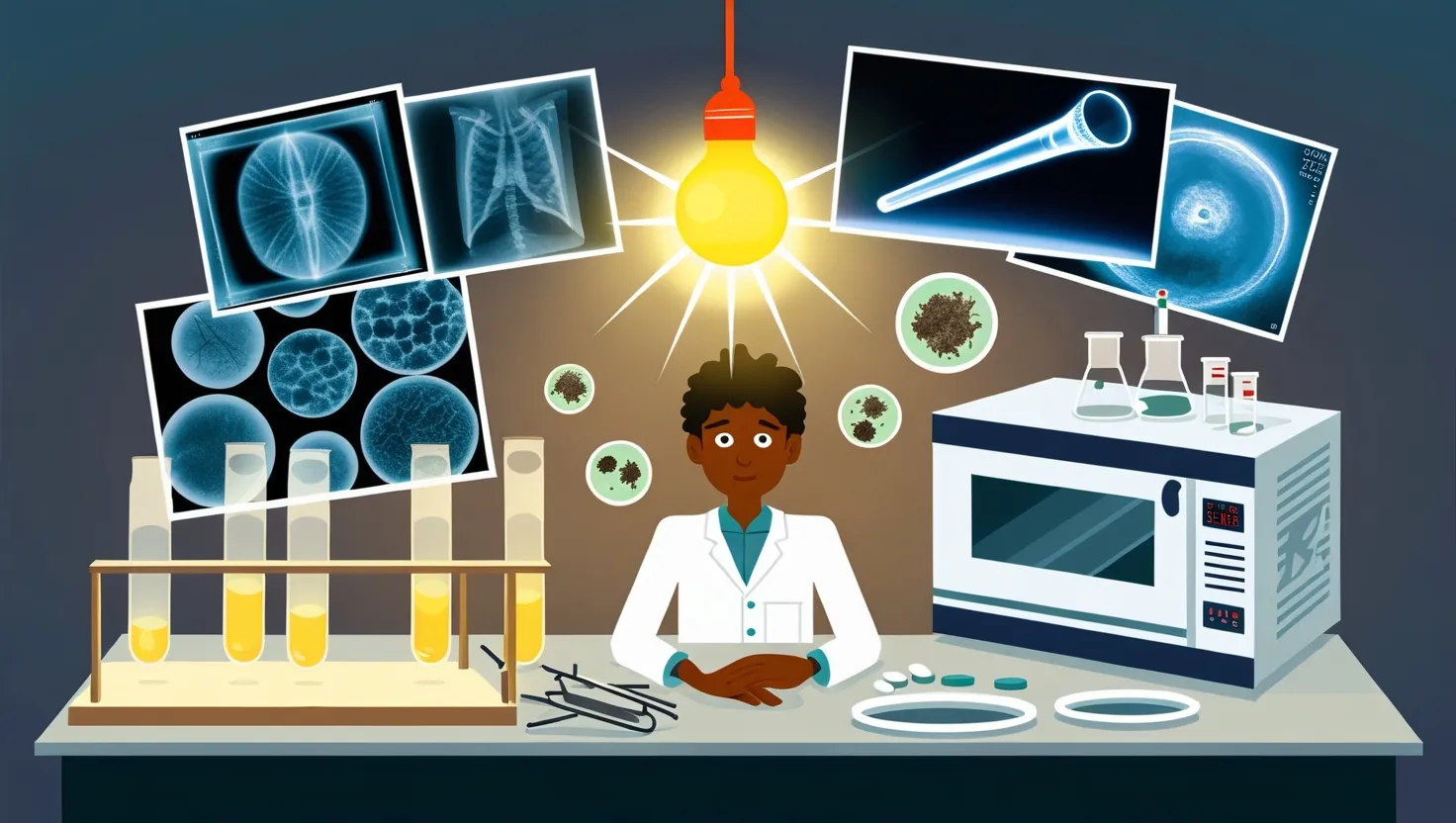In 1908, Dutch physicist Heike Onnes made a groundbreaking discovery by liquefying helium for the first time. This was no small feat, as helium liquefies at just 4 degrees above absolute zero: -269 degrees Celsius or -452 degrees Fahrenheit. This achievement paved the way for Onnes to cool down a sample of mercury to this extremely low temperature, discovering something extraordinary in the process. When he passed electricity through the mercury, he found that it exhibited no resistance at all—no energy was lost. Onnes had discovered a new state of matter, which he called a superconductor. This revelation earned him the Nobel Prize in Physics in 1913.
Under normal conditions, electrical flow through a material always encounters resistance because electrons collide with atoms, losing some energy in the process. But in a superconducting state, electrons glide through without any hindrance, almost as if the atoms don’t exist. Imagine a current in a loop of superconducting wire; it would flow indefinitely without any additional voltage or energy source. Another remarkable feature of superconductors is their ability to expel magnetic fields. A magnet placed above a superconductor will levitate, thanks to this property.
But how do superconductors work? Let’s dive into the quantum realm for some answers.
Early theories posited that at absolute zero, electrons would stop completely, leading to infinite resistance. Hence, it was quite a surprise when Onnes found that a material’s electrical resistance could drop to zero at very low temperatures. Mercury was the first material discovered to be superconducting at 4.2 degrees Kelvin. Over time, other metals and alloys were also found to exhibit superconductivity, albeit at still fairly cold temperatures, usually below 150 degrees Kelvin (-123 degrees Celsius).
In 1933, Walther Meissner and Robert Ochsenfeld discovered the Meissner effect: when a superconducting material is cooled in a magnetic field, it expels the magnetic flux. Magnetic fields can’t pass through superconductors, leading to effects like levitation.
Even with these discoveries, the exact cause of superconductivity remained a mystery until 1957, when John Bardeen, Leon Cooper, and John Robert Schrieffer introduced the BCS theory, explaining the phenomenon at a microscopic level. This theory earned them the Nobel Prize in Physics in 1972.
To understand superconductivity, one must first grasp what causes resistance. In metals, the outer electrons are free to move and form a “sea of electrons.” When electricity is applied, these electrons flow but collide with vibrating atoms, losing energy and causing the material to heat up.
This scatter effect can be reduced by lowering the temperature, but according to quantum mechanics, particularly the uncertainty principle, some motion always remains. This inherent motion is called zero-point energy. So, what causes this resistance to go away in superconductors? The answer lies in the interaction between subatomic particles known as fermions and bosons.
Matter is composed of particles like protons, neutrons, and electrons. These particles have a property called spin, which is either a multiple or a half-multiple of Planck’s constant. Particles with half-integer spins are fermions, while those with integer spins are bosons.
Electrons, being fermions, cannot occupy the same energy state. However, in superconductors, electrons can form pairs known as Cooper pairs. Through a complex interaction involving the lattice of positively charged ions, these Cooper pairs act like bosons and do not experience the exclusion principle. This leads to a state where no energy is lost, making resistance vanish, and the material becomes superconductive.
However, this superconductivity is lost above a certain critical temperature, where the Cooper pairs break apart. The exact mechanism for Cooper pair formation is still being researched, and in 2020, scientists synthesized a room-temperature superconductor, although it requires extremely high pressures to function.
One practical application of superconductors today is in maglev trains. These trains use superconducting magnets to float above the tracks, minimizing friction and allowing high-speed travel.
In summary, the journey of understanding superconductivity has been a remarkable one. From Onnes’s early discoveries to the BCS theory, and even modern advancements, this field continues to evolve, offering fascinating glimpses into the quantum world.






